
Minors Face Brutal Conditions in Russia’s Remote Prisons
In Siberia’s unforgiving penal colonies, detained minors endure harsh military discipline,
substandard living conditions, and relentless surveillance, with rehabilitation a distant hope.

New York, N.Y. — Russia’s penal colonies, relics of the Gulag system, remain a cornerstone of the nation’s criminal justice framework, particularly in the vast, frozen expanse of Siberia. For minors detained in these remote facilities, life is a grueling test of endurance, marked by strict military discipline, inadequate living conditions, and constant oversight.
These young detainees, often convicted of minor offenses, face a system that prioritizes punishment over reform, leaving their prospects for rehabilitation uncertain. This story explores the stark realities of juvenile detention in Siberia, drawing on firsthand accounts, official reports, and historical context to illuminate a world hidden behind barbed wire.
A Legacy of Punishment
The Siberian penal colonies trace their origins to the Soviet era, when the Gulag system exiled millions to remote labor camps. Today, these colonies, though modernized, retain their punitive ethos.
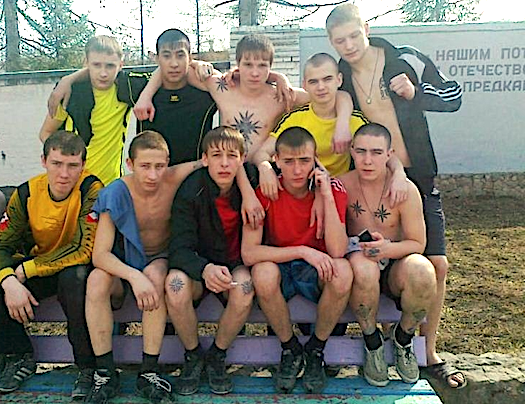
Minors, some as young as 14, are sent to juvenile facilities like the Krasnoyarsk Youth Colony, located 2,500 miles (4,000 kilometers) east of Moscow.
These institutions house approximately 8,000 juvenile offenders across Russia, with Siberia hosting a significant share due to its isolation. The colonies’ remoteness ensures minimal oversight, allowing harsh practices to persist.
Detainees face a rigid daily schedule: wake-up at 6 a.m., followed by military-style drills, labor assignments, and limited education. The facilities, often built decades ago, lack modern amenities.
Heating systems frequently fail, leaving dormitories at 50°F (10°C) or lower in winter, when outdoor temperatures can plummet to -40°F (-40°C).
Food is scarce and of poor quality—gruel and stale bread are staples, with meat a rare luxury. A 2023 report by the Russian Human Rights Council noted that malnutrition affects 60% of juvenile detainees, stunting physical and mental development.
The Weight of Discipline
Military discipline defines life in these colonies. Guards, trained to enforce order, maintain control through fear and punishment. Minors are subjected to relentless drills, standing at attention for hours in unheated courtyards.
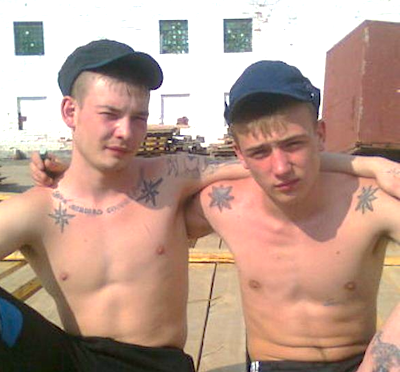
Non-compliance results in solitary confinement, where cells measure 6 feet by 4 feet (2mx1m) and lack windows or bedding.
A former detainee, 17-year-old Ivan K., described his experience: “You’re always watched, always corrected. One wrong step, and you’re in the hole for days.”
Surveillance is omnipresent. CCTV cameras monitor dormitories, work areas, and even bathrooms, leaving no room for privacy.
Psychological pressure is intense; detainees report feeling dehumanized, with 78% experiencing anxiety or depression, according to a 2024 study by the Moscow-based Center for Prison Reform.
The constant scrutiny, coupled with isolation from family—visits are limited to once every six months for most—erodes mental resilience. For many, the system feels designed to break spirits rather than rebuild them.
Precarious Conditions, Fragile Health
Living conditions in Siberian colonies are dire. Dormitories, often overcrowded, house up to 20 minors in spaces meant for 10. Sanitation is poor; access to clean water is limited, and showers are permitted once a week, lasting 5 minutes.
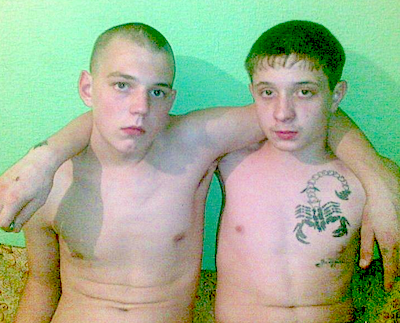
Medical care is inadequate, with one doctor typically serving 200 detainees. Common ailments like respiratory infections, exacerbated by cold and poor nutrition, go untreated.
A 2022 World Health Organization report estimated that 45% of juvenile detainees in Siberia suffer from chronic health issues.
The financial cost to families is significant. While the state funds basic operations, supplies like clothing or hygiene products must be provided by relatives, costing an average of US$50 (3,500 rubles) per month—a heavy burden for families earning a median income of US$400 (28,000 rubles) monthly.
Many detainees, particularly those from rural areas, receive no support, relying on meager colony provisions. This scarcity fosters a black-market economy within the colonies, where goods are traded for favors or protection, further entrenching hierarchies among detainees.
Reports of Sexual Abuse
While concrete reports explicitly documenting sexual abuse in Siberian youth detention facilities are scarce, the broader context of Russian prison systems raises alarm.
Human rights reports, including a 2024 U.S. State Department assessment, highlight systematic torture and abuse across Russian detention centers, including 23 juvenile facilities as of 2019.
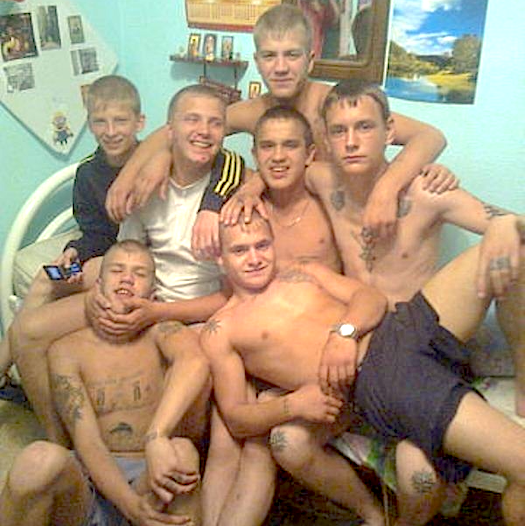
The absence of detailed public reports on Siberian youth centers specifically may reflect underreporting or restricted access to these facilities, but the pervasive culture of violence in adult prisons suggests similar risks for youth detainees.
Recent reports, such as those from FairPlanet, reveal widespread sexual abuse and torture in Russian prisons, with incriminating footage exposing systemic issues.
A 2025 case in Irkutsk, Siberia, saw inmates sentenced for torturing others at a warden’s behest, indicating a culture of sanctioned violence.
Although these incidents focus on adult facilities, the systemic nature of such abuses, as noted by U.N. rapporteur Alice Edwards, implies that youth detention centers in Siberia could face similar issues, especially given their opaque oversight.
The lack of specific documentation on sexual abuse in Siberian youth detention facilities underscores the need for targeted human rights investigations.
Reports of torture, including sexual violence, in Russian detention systems, as cited by the U.S. State Department and Edwards, suggest a high risk of similar abuses in juvenile centers.
Without focused scrutiny, the conditions in these facilities remain a critical blind spot, potentially endangering vulnerable young detainees in Siberia’s detention network.
A Faint Hope for Rehabilitation
Rehabilitation, a stated goal of Russia’s juvenile justice system, is undermined by the colonies’ punitive focus. Educational programs, meant to prepare detainees for reintegration, are underfunded and inconsistent.
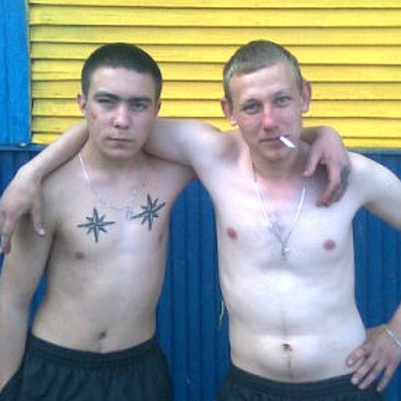
Classes, when offered, cover basic literacy and math, but teachers are often untrained, and materials are outdated.
Vocational training, such as welding or carpentry, is available in only 15% of facilities, leaving most minors unprepared for life after release.
Recidivism rates reflect this failure: 65% of juvenile offenders return to crime within three years, per a 2024 Russian Ministry of Justice report.
Some facilities experiment with rehabilitation. The Novosibirsk Youth Colony, for instance, introduced a pilot program in 2023, offering counseling and art therapy to 50 detainees.
Early results showed a 20% reduction in disciplinary infractions, but funding cuts threaten its continuation.
Such initiatives are rare, and most colonies prioritize control over reform. “They want us to obey, not to grow,” said Maria S., a 16-year-old detainee, in a smuggled letter. Her words capture the system’s core tension: punishment overshadows progress.
A System Resistant to Change
Efforts to reform Russia’s penal system face significant hurdles. The Russian government allocates US$1.2 billion (85 billion rubles) annually to its prison system, but only 5% goes to juvenile facilities, despite their unique needs.
International pressure, including sanctions from the E.U. and criticism from the U.N., has had little impact. Domestic advocacy groups, like the Moscow Helsinki Group, face harassment, limiting their ability to push for change.
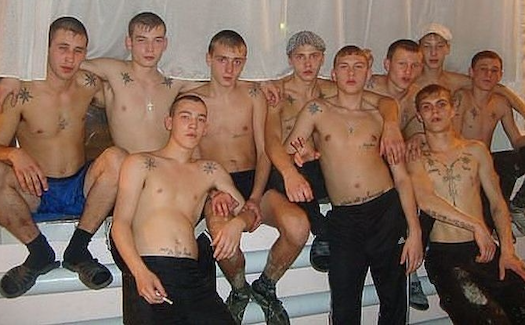
Meanwhile, public apathy—fueled by state media portraying detainees as threats—stifles broader reform efforts.
For the minors trapped in Siberia’s colonies, the future is uncertain. Release often brings stigma and few opportunities.
Many return to impoverished communities, where unemployment rates hover at 25%.
Without support, the cycle of crime and punishment continues. Yet, glimmers of hope persist.
Some former detainees, aided by small NGOs, have rebuilt their lives, finding work or education.
Their stories, though rare, suggest that with investment and reform, rehabilitation is possible. The plight of Siberia’s juvenile detainees underscores a broader truth: a system built on punishment cannot foster redemption.
As long as isolation, discipline, and neglect define these colonies, the youth within them will struggle to break free—not just from their cells, but from a society that has already judged them.
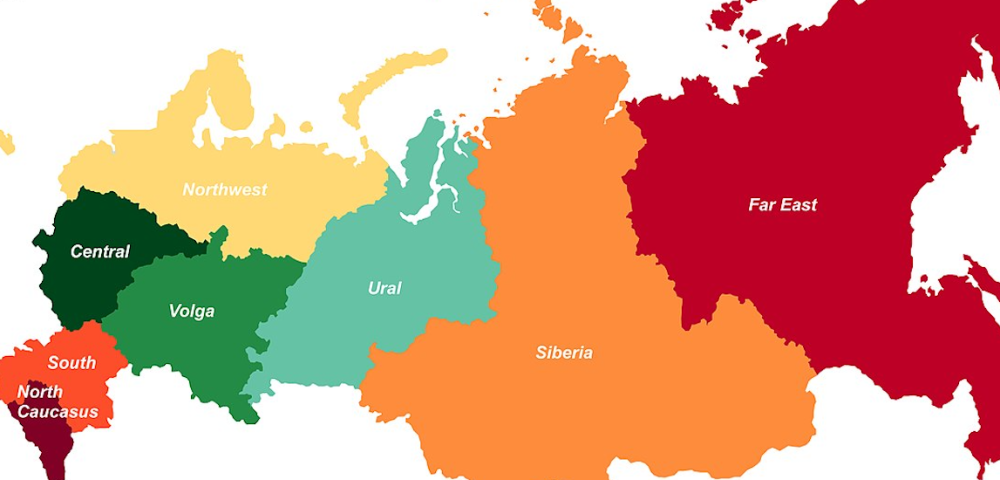
Life in Siberia’s Penal Colonies: The Harsh Reality for Youth (Aug. 14, 2025)
Summary
In Siberia’s brutal penal colonies, detained minors face a grim existence defined by strict military discipline, poor living conditions, and constant surveillance. Housed in remote facilities, these youths, often convicted of minor crimes, endure freezing temperatures, inadequate food, and psychological strain. Despite Russia’s claims of reform, rehabilitation remains elusive. This story delves into their struggles, revealing a system that prioritizes punishment over hope, leaving young lives caught in a cycle of hardship.
#SiberianPenalColonies #JuvenileDetention #RussianPrisons #HumanRights #Rehabilitation
Tags: Siberian penal colonies, juvenile detention, Russian criminal justice, Gulag legacy, rehabilitation challenges
